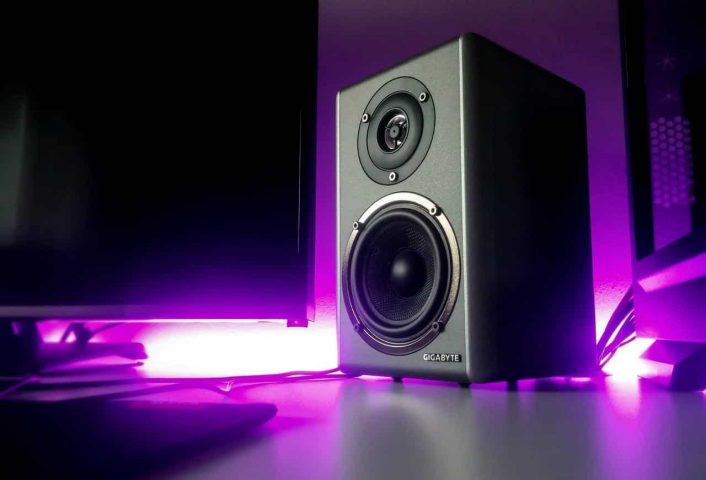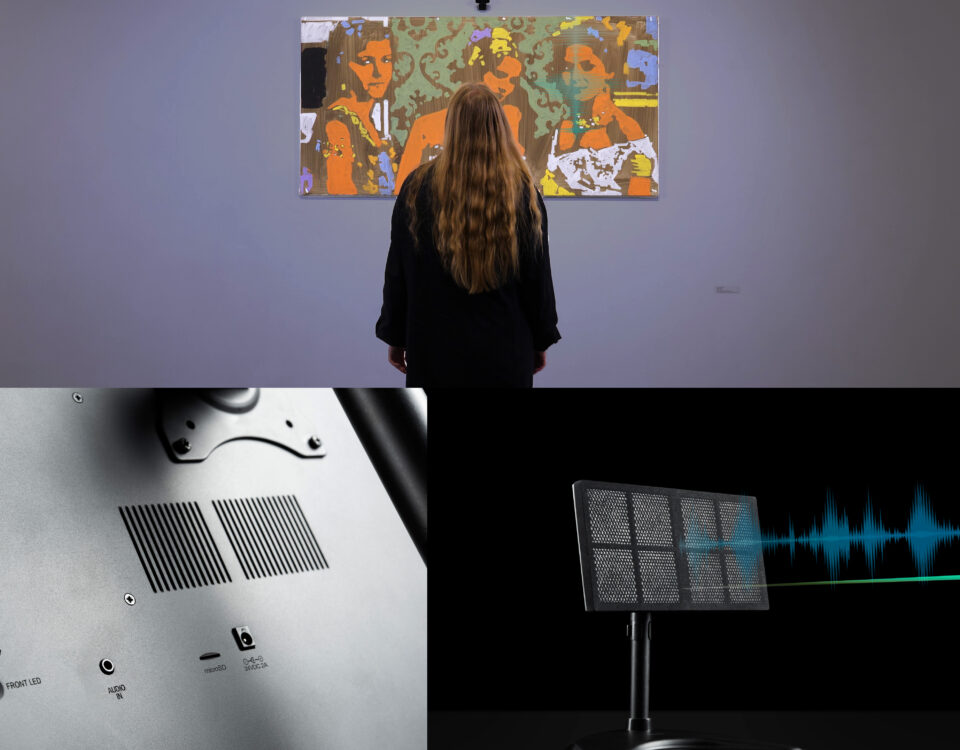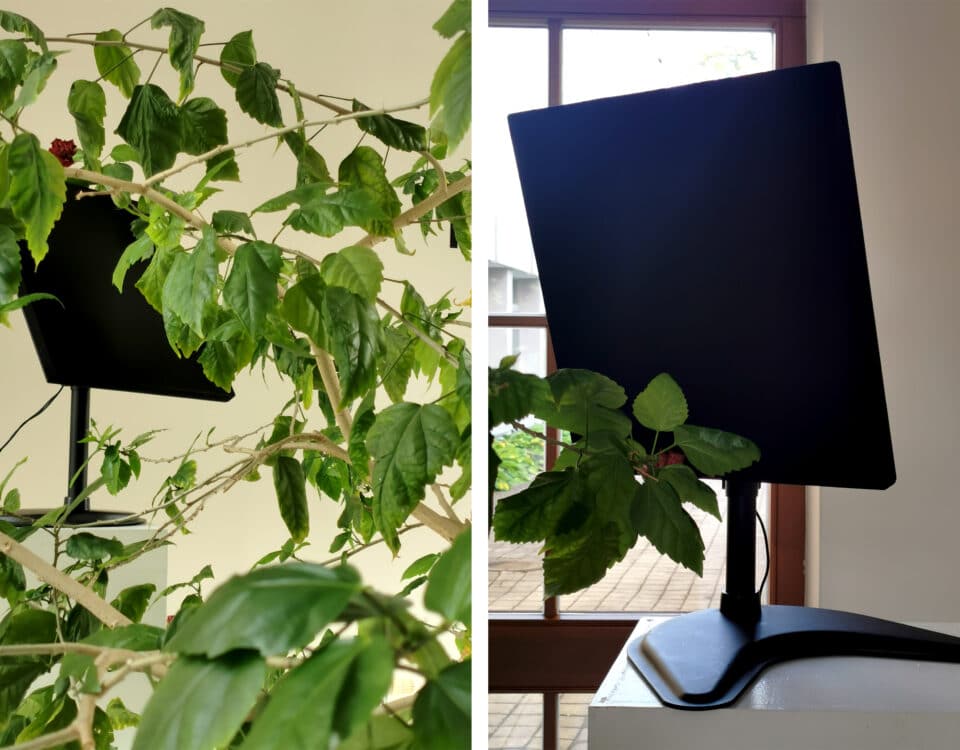Speakers are devices that convert electric audio signals into mechanical vibrations that create sound waves.
Sound speakers available on todays market utilise different technological solutions to create sound.
There are a wide variety of different speakers available – this article will focus on the following:
- Cone (loudspeakers): subwoofers, woofers, tweeters
- Component speakers (loudspeaker enclosure systems)
- Coaxial drivers
- Directional speakers
Cone speakers (such as subwoofers, woofers, or tweeters) can be combined in component speakers (loudspeaker enclosure) or work as coaxial drivers.
There are speakers available for sound localization purposes, such as sound domes, but directional (or parametric) speakers have a higher capability to localize sound, particularly at larger distances, compared to sound domes.
Parametric speakers make use of ultrasound waves to create sound in a relatively narrow area compared to the conventional cone loudspeakers. This emitted sound is commonly referred to as directional sound.
Below, we will outline the different applications, technical specifications and limitations of the most common speaker types.
Loudspeaker Enclosure Systems (Component Speakers)
Advantages:
The limited frequency range speakers (like woofers or tweeters) are usually combined in loudspeaker enclosures (sometimes referred to as loudspeaker cabinet) and work together to produce a full variety of sounds.
Individually, these drivers are only able to create a limited range of audio frequencies: the subwoofers are designed to create extremely low frequencies (16-100Hz), woofers are used for low frequencies (50-1000Hz), mid-range drivers are designed to recreate middle frequencies (250-2000Hz), and tweeters produce the highest audio frequencies heard by human ear (2kHz-20kHz).
The main advantage of such loudspeaker enclosure systems is the high sound quality, also known as high-end quality/high fidelity (or Hi-Fi/HiFi).
Each driver implemented in the loudspeaker cabinet is of different size which allows for the production of excellent sound quality within each frequency range and capabilities to maintain the quality at higher volume settings without it becoming distorted.
You can expect to find sound systems like these at concerts or event halls, public address systems or amplifiers for electronic musical instruments.
Disadvantages:
On the other hand, as each driver can only be used for a limited frequency, a full range can only be covered using multiple drivers.
This in turn increases the total cost per unit and affects the size of the sound system. A single full-range driver can be used as an alternative, overcoming the disadvantages of cost and size but resulting in lower sound quality.
Second, loudspeaker enclosure systems are usually integrated within the cabinet box which allows separation between rearward and forward-facing sound waves as the interference of these waves would create sound distortion.
The necessity of an enclosure box to fit individual drivers increases the overall weight of the speaker (compared to coaxial drivers).
The sizing of the enclosure can vary depending on the number of drivers used and how powerful the speaker needs to be.
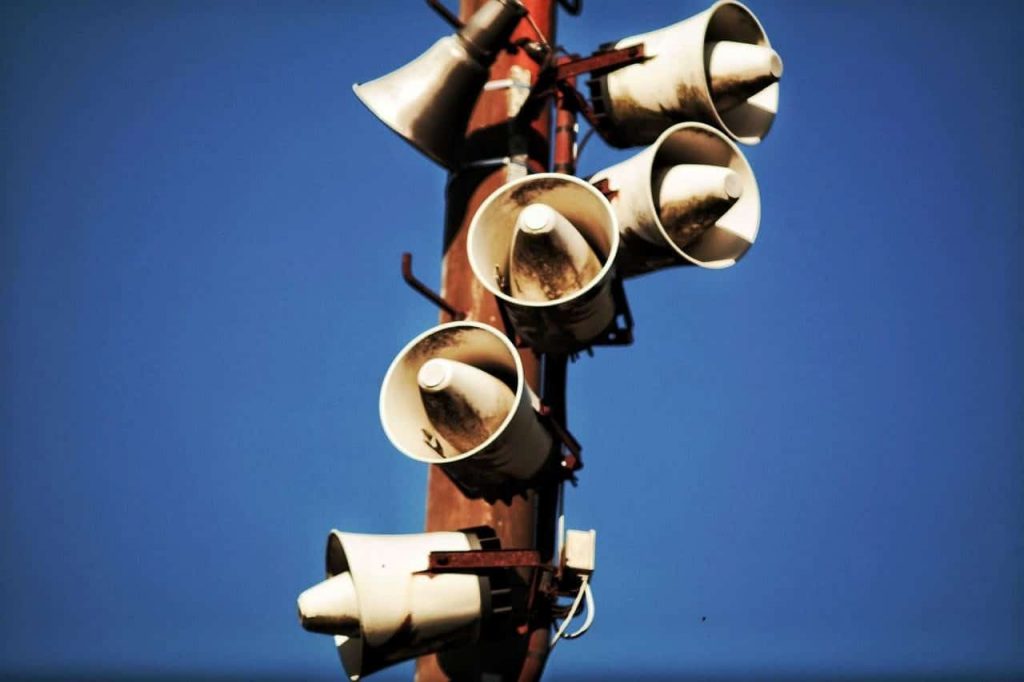
Coaxial Drivers
Advantages:
Another popular loudspeaker variety is coaxial drivers. Like loudspeaker enclosure systems, coaxial drivers also rely on an array of drivers that are fitted to the same place and radiate soundwaves from the same point of axis.
Coaxial drivers have several important advantages that make them one of the most popular types of speakers in the current market.
First, they allow good sound quality by combining the work of two or three drivers (such as woofers or tweeters). Hence, coaxial drivers have superior sound quality than single-driver (full-range) speakers, especially with higher pitch sounds.
Coaxial drivers tend to have a smaller form factor than loudspeaker enclosure boxes that fit separate drivers next to each other.
This size benefit adds to the scope of usability of coaxial drivers as they can be fitted in spaces where loudspeaker enclosure boxes would not be convenient.
One such small space is within cars, where we now have developed coaxial speaker systems to a point where despite their size, they can produce brilliant sound to give an immersive experience inside the vehicle.
Disadvantages:
However, although coaxial drivers emit better sound quality than full-range speakers (where one full-range driver is producing a large variety of frequencies), they do not ensure a high-fidelity sound as loudspeaker enclosures systems do. This is because loudspeaker enclosure systems use more advanced crossover systems that allow better isolation of unwanted sound frequencies compared to coaxial drivers.
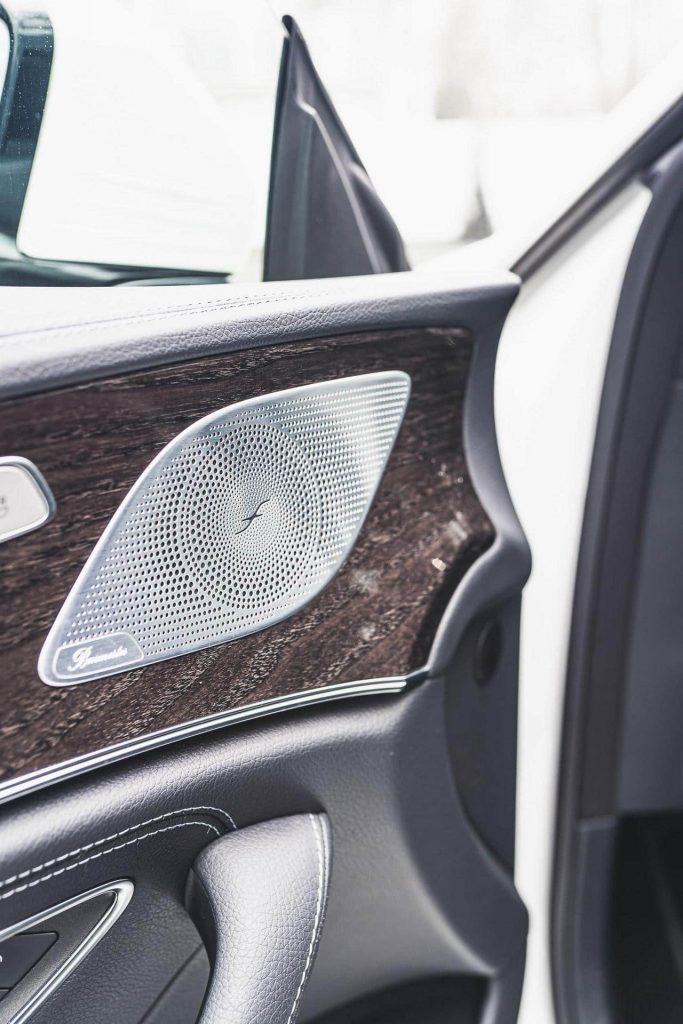
Directional Speakers
Advantages:
Another group of loudspeakers that are recently growing in popularity are directional speakers.
Unlike previously discussed speaker options that create sound using a cone that pumps the air to disseminate soundwaves in a large area in front of the speaker, directional speakers create ultrasound waves (high-frequency sound) which are directed in a narrow, controlled beam.
The sound is created as ultrasonic waves pass through the air due to nonlinear demodulation processes. This is how directional speakers, like the Focusonics® Model A and Model B turn electric audio signals into sound, spreading it less widely than conventional speakers do. Implementation of these devices very much depends on the layout of the application room; speakers can be mounted to the walls, surfaces, or fitted to function as directional ceiling speakers.
You can learn more about the unique sound technology used in this type of speaker here.
This unique approach to sound creation brings significant benefits. One of the most notable advantages of directional speakers is the ability to emit sound that can travel large distances without significant attenuation.
Focusonics® Model A and Model B speakers function at an optimal range of 3-15 metres and 1-5 metres for the latter. For instance, the level of sound will be closely similar if the subject is 2 metres away or 4 metres away from the parametric speaker. Contrastingly, amplitude decay from conventional speakers is 6 decibels (dB) for every doubling in distance.
Also, they allow us to reduce noise pollution in public spaces and focus audio to specific areas. These speakers present a great solution for museums, libraries, retail stores and various other applications due to their ability to direct audio messages for people in specific areas (e.g. in front of a painting in a gallery or product sections in a retail store).
Disadvantages:
Having said that, sound-creation technology employed by directional speakers possesses one key disadvantage when compared to conventional cone speakers – the quality of low-frequency (bass) sounds.
If directional speakers were compared to cone speakers, they would fall into mid-range frequency or tweeter categories, which indicates relatively poor bass performance. However, this drawback is compensated by the aforementioned unique features directional speakers which are unrivalled by other speaker types.
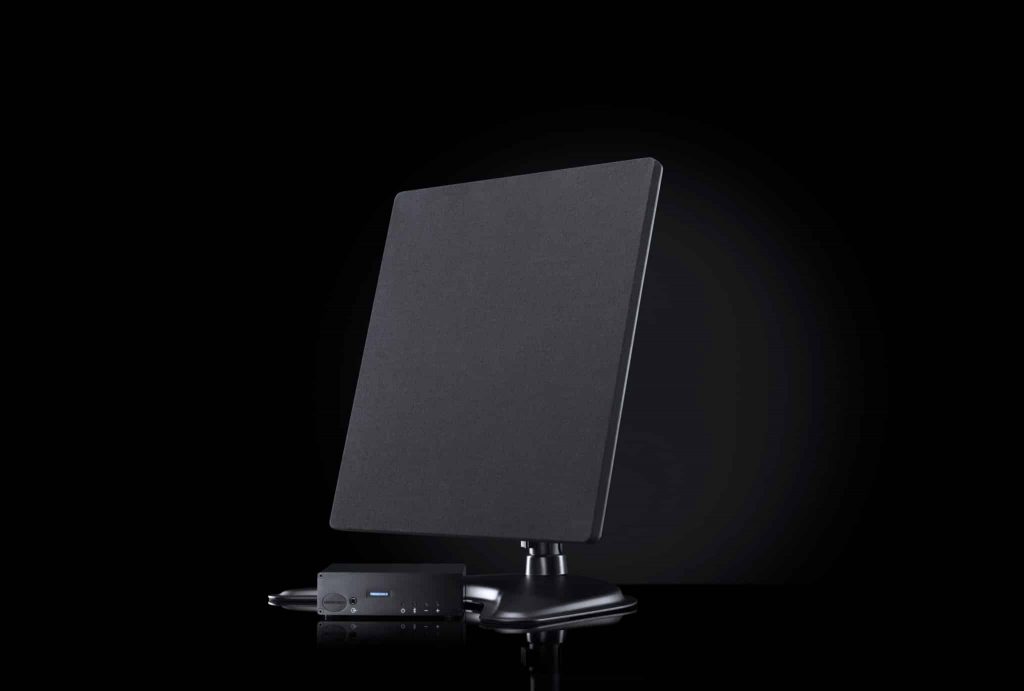
Conclusion
To conclude, the current loudspeakers market comprises a plethora of technological solutions for high quality sound creation. As discussed in the article, the best sound quality is presented by loudspeaker enclosure systems that combine the work of various drivers and cover a large range of sound frequencies.
The most common loudspeaker types are characterized by distinctive features that impact their size, price, along with sound quality, distribution, and control.
This renders certain speakers more practical and convenient depending on where they are being implemented (cars, concert halls, museums, general use, etc).
Therefore, it would be inconvenient to claim that certain speaker types are better than others, as there are various mechanisms that decide which speaker type would excel at a particular situation.
If that situation for your business or domestic needs requires directional audio to a targeted area, then read more on how Focusonics® ultrasonic speakers can assist you in making this possible.

